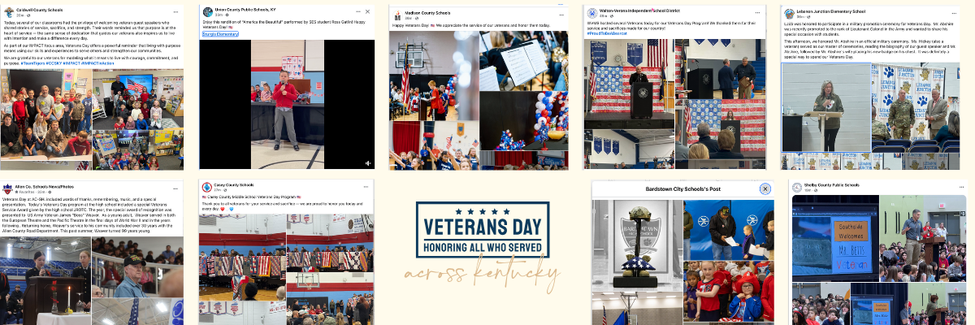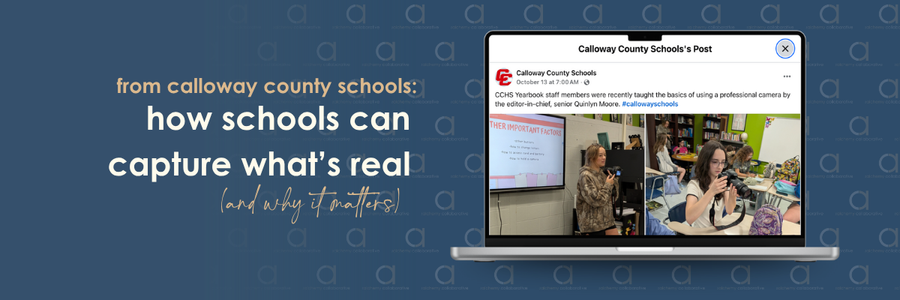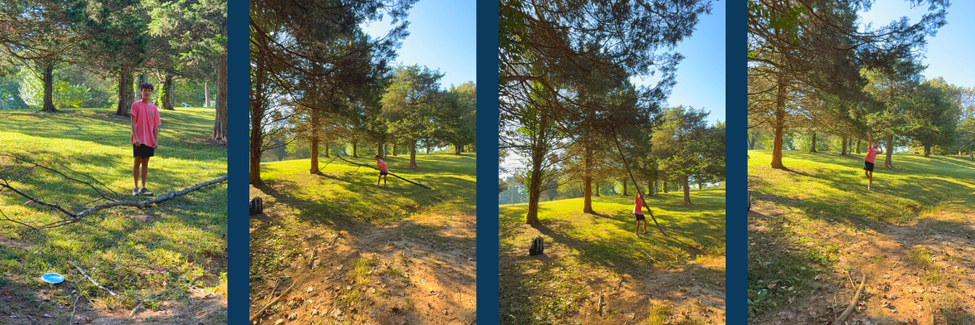when accountability becomes a story
Accountability isn’t only about numbers. It’s about what a community values and how those values come to life in public.
In Bullitt County Public Schools (BCPS), leaders wanted accountability that reflected the voices of students, families, and staff. The work was already underway through their Community-Based Accountability System (CBAS), but they needed a way to make it visible and to show the growth, the collaboration, and the learning happening across the district.
That’s where our partnership began: documenting the shift in real time.
the challenge of making values visible
BCPS had articulated five community pillars that were shared commitments grounded in local voice. Each pillar carried meaning, but meaning alone wasn’t enough.
The district wanted those ideas to show up in language, artifacts, and action. The process was iterative and community-driven, with constant reflection and refinement. Without a structured way to capture and share it, much of the richness could have stayed hidden.
The challenge was clear: how to communicate an evolving accountability story while building trust and clarity along the way.
how we helped build the system
1. strengthening the foundation
We began by grounding the work in alignment. BCPS revisited its graduate profile, board aspirations, and pillar language. District and school leaders spent time clarifying what each pillar meant and how it would guide decisions. This foundation ensured every piece of communication reflected shared understanding.
2. launching a visible steering committee
To bring the process into public view, BCPS opened applications for a
Community-Based Accountability Steering Committee. Students, families, educators, and partners joined to refine the pillars, craft student benefit statements, and identify meaningful measures.
The district introduced the committee publicly, through visuals, press releases, and social updates, inviting the community to follow the work.
3. embedding storytelling in every step
Accountability and storytelling moved together. After each meeting, BCPS shared recaps, photos, and reflections through newsletters and social media. Committee members were spotlighted. Milestones were celebrated. These stories gave the community a window into progress, not just outcomes.
4. building systems for transparency
To keep the documentation consistent, we helped BCPS create a communication rhythm and visual framework. Each quarter, the district collected updates, quotes, and photos tied to the pillars. Those artifacts formed a library of shareable content for both internal and external audiences.
Templates and messaging tools supported leaders at every level, from board presentations to school conversations, making it easier to speak a common language of accountability.
what changed along the way
- A living documentation system. The district now captures progress as it unfolds, creating clarity for staff and community members.
- Clear, usable artifacts. Each steering committee meeting ends with summaries, visuals, and benefit statements ready to share.
- Consistent language. Pillar terminology and icons now appear across district communications, presentations, and dashboards.
- Public trust. Families and partners can see the work evolve, not as a finished product, but as a visible journey of learning and alignment.
One BCPS leader summed it up:
“Alchemy helped us not just build the system, but build the language to explain it. They made it possible for our community to see what we’re doing and why it matters.”
lessons from the shift
- storytelling builds accountability. Narratives help communities understand what data alone cannot show.
- structure supports growth. Systems and templates make documentation sustainable.
- transparency strengthens trust. Sharing progress invites participation.
- visibility sustains momentum. When communities can see the work, they stay connected to its purpose.
Community-based accountability thrives when communication keeps pace with progress. The story of BCPS shows that systems and storytelling can move together with each reinforcing the other toward a culture of shared ownership and trust.
an invitation to other leaders
Every district has a story of accountability waiting to be told. We help leaders design communication systems that capture progress and make values visible in real time.
explore our community-based accountability work →








